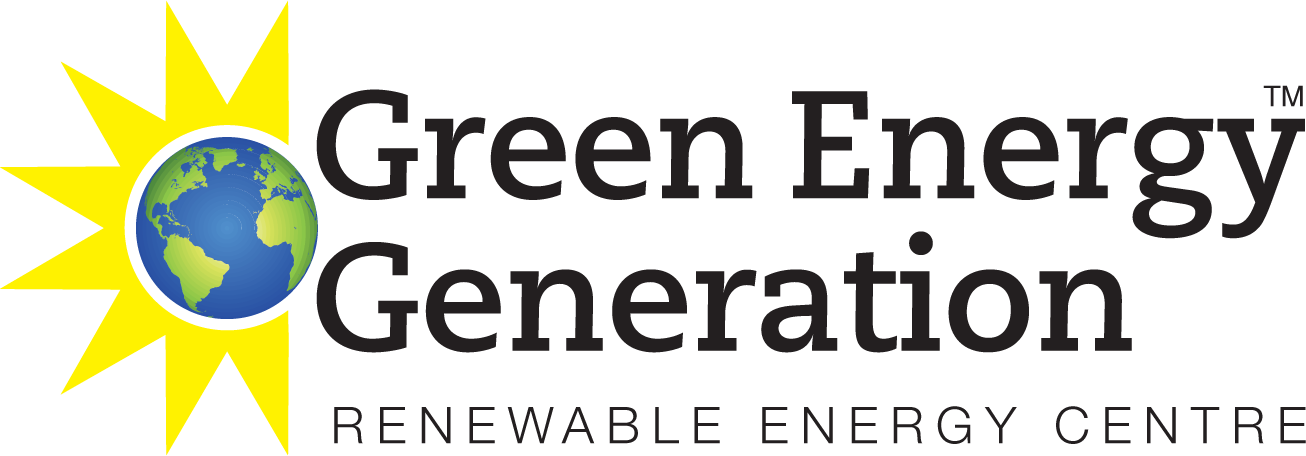Light Fittings (LED lights)
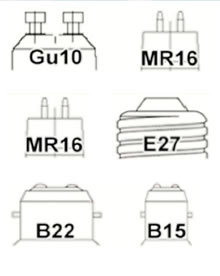
The all round easiest way to save energy and money is to simply turn off the light when you are not using it, this way you will ALWAYS save energy if you switch off the light as you leave the room, even its only for a minute or two.
However, replacing light bulbs with energy saving alternatives will guarantee to save you money.
A traditional light replaced with a compact fluorescent bulb will typically save you around £3 a year - £55 over the course of the life of the light bulb.
Replacing a 50W halogen down-light with a 60W LED (Light Emitting Diode) will typically save you around £4 per year or £70 over the life of the bulb.
Many homes today have a mixture of standard light fittings and halogen down-lights, so the two alternatives for both are:
CFLs - known as an energy efficient light bulb. Cost effective option for most general lighting purposes. However, extremely harmful to the environment. (CFL - compact fluorescent lights)
LEDs - even more efficient, these are a ideal replacement for halogen down-lights. Slightly more expensive than CFLs, but will save you even more money in the long term.
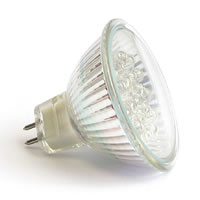
How does an LED light work?
LEDs (light emitting diodes) work on a completely different basis to other light sources. A diode is created when two conductive materials are placed in contact with each other. When electricity then passes through them, the atoms become lively. Excess energy is then released to the diode and the process of creating light is complete.
LEDs are a much more efficient lighting source, as a typical lamp will waste 98% of the energy used, in the form of heat. A 100watt light bulb emits roughly 1700 lumens - that is only 17 lumens per watt. A typical LED will achieve a light output efficiency of 60-80 lumens per watt!
LED lamps are low voltage solid-state devices that cannot operate on a standard AC current - part of the cost for LED lighting is the internal circuits that are required to allow them to operate on an AC current.
Heat is an LEDs worst nightmare, and will damage through excessive heating so are designed with special cooling fins and heat sinks to keep the LED at its designated heat parameters.
An LEDs quoted lifetime is based upon an operating temperature of 25°'fbC. At temperatures above this, the life of an LED can be reduced significantly.
Choosing a light bulb today for your home is more complicated than ever because the choice of bulbs keep growing. The technological advances in the development of LED bulbs has been fast and furious, with the manufacturers competing to design LED bulbs suitable for every application in the home, while working to lower retail price to a tipping point of mass consumer acceptance.
The LED production process is complex and the technology is still relatively new and advancing all the time! In our views at Green Energy it does not pay to buy on price. It's very easy to produce similar looking products that may promise the same on performance but in reality deliver a different experience than stated.
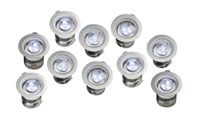
Advantages of LED Lighting
When turning on CFLs and fluorescent lighting bulbs, there is a slight hesitation before brightness is achieved and some bulbs may flicker during warm up or even during operation. Unlike the CFLs and fluorescents, LED bulbs reach full illumination as soon as they are turned on. This is a real advantage over CFL bulbs in areas of the home where lights are frequently turned on and off. LED lighting is a steady constant lighting source which does not flicker.
Now available for dimmable switches
Earlier versions of the LED bulbs had the disadvantage of not being dimmable. Today however, many if not most LED lights are designed to work dimmable switches which are provided in many lamps and home lighting facilities or on a bigger range, factories or super markets etc. However buying ones for your home will tell you on the packaging whether they are compatible for dimmable switches or lamps.
Unbelievably long lifespan
LEDs have the advantage of an extremely long lifespan, while consuming 90% less energy. They are also not sensitive to switching, so you can turn them on and off as you please and it won't affect the circuit or shorten the lifespan of the bulb. An LED reaches its maximum brightness instantly, so there is no waiting around for adequate lighting unlike CFLs or fluorescents.
Extremely low energy consumption
Going green has never been so easy as LED lights are environmentally friendly both when they are recycled and also from the point of view of rare exchange and extremely low energy consumption.
Massively reduced bills
In general the overall maintenance of LED lighting requires very little. First of all due to the long term lifespan of the bulb, which means you won’t have to change the light for almost a century! At the same time the obvious benefit is the sheer amount of energy you will have saved by replacing existing lights with LEDs - reducing your energy bills also.
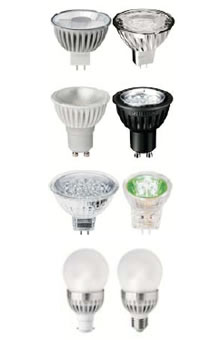
LED lighting we offer
Domestic LED lighting is still seen as something of a novelty and many people don't really understand what is involved, where to use energy saving LED lighting, how to use energy saving LED lighting or what the issues are with other sources of low energy light bulbs.
The fact is - even at today's fuel prices you will save substantial sums of money by replacing existing domestic lighting systems with low energy LED lighting alternatives. The following table gives a clue as to how much saving is possible from LED lighting compared to CFL and incandescent lighting.
| Type | Wattage | Total lumens | Lifespan (hours) | Annual Energy Cost | Cost Over 5 Year Period |
|---|---|---|---|---|---|
| Incandescent | 60w | 840 | 1000 | £8.00 | £1200.00 |
| CFL | 11w | 770 | 8000 | £1.45 | £217.50 |
| LED | 5w | 625 | 50000 | £0.40 | £60.00 |
Regardless of how closely the actual costs match your own circumstances, you can clearly see that LED light bulbs are nearly 4 times cheaper to run than CFLs and a massive 20 times cheaper to run than incandescent bulbs.
This is all even before you factor in the environmental costs in terms of wasted heat and CO2 output and disposal. The lifespan of an incandescent bulb is less than 2% of LED lighting and in the case of CFLs which still only last about 10% as long, there is the added problem that they contain high toxic mercury vapour and must be disposed of in a controlled manner. Between legislative push and technological pull, the conclusion is inescapable: Domestic LED lighting is coming to a home near you very soon, so get involved now! Why wait?
Green Energy Generation can offer all sorts of LED lighting for your home at increasingly attractive prices. Whether you are after a purchase for DIY purposes or a purchase and install by us, our engineer and installers at Green Energy are more than happy to assist!
- GU10 Light Fitting (Downlights/spotlights)
- MR16 Light Fitting (Downlights/Spotlights)
- B22 Light Fitting (Bayonet Bulbs)
- E27 Light Fitting (Screw in Bulbs)
- E14 Light Fitting (Candle Style)
- B15 Light Fitting (Candle Style)
- T8 Fitting
- External LED Flood Lights
- High Bay LED Lights
- GU10 Fire proof Downlighters
If you would like to enquire about LED lighting, please call us on 01670 828695 (Northumberland), or 01751 432096 (North Yorkshire).
